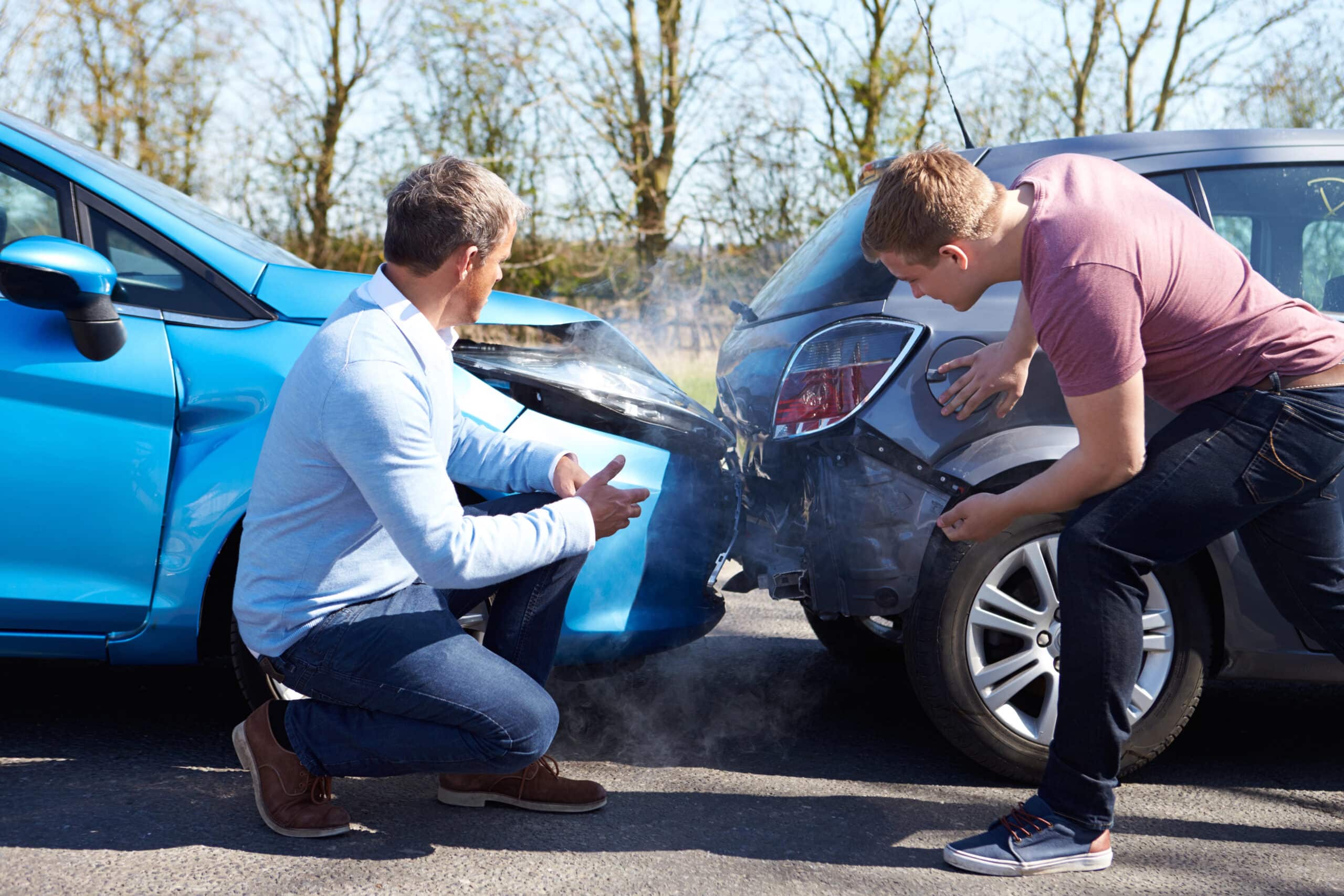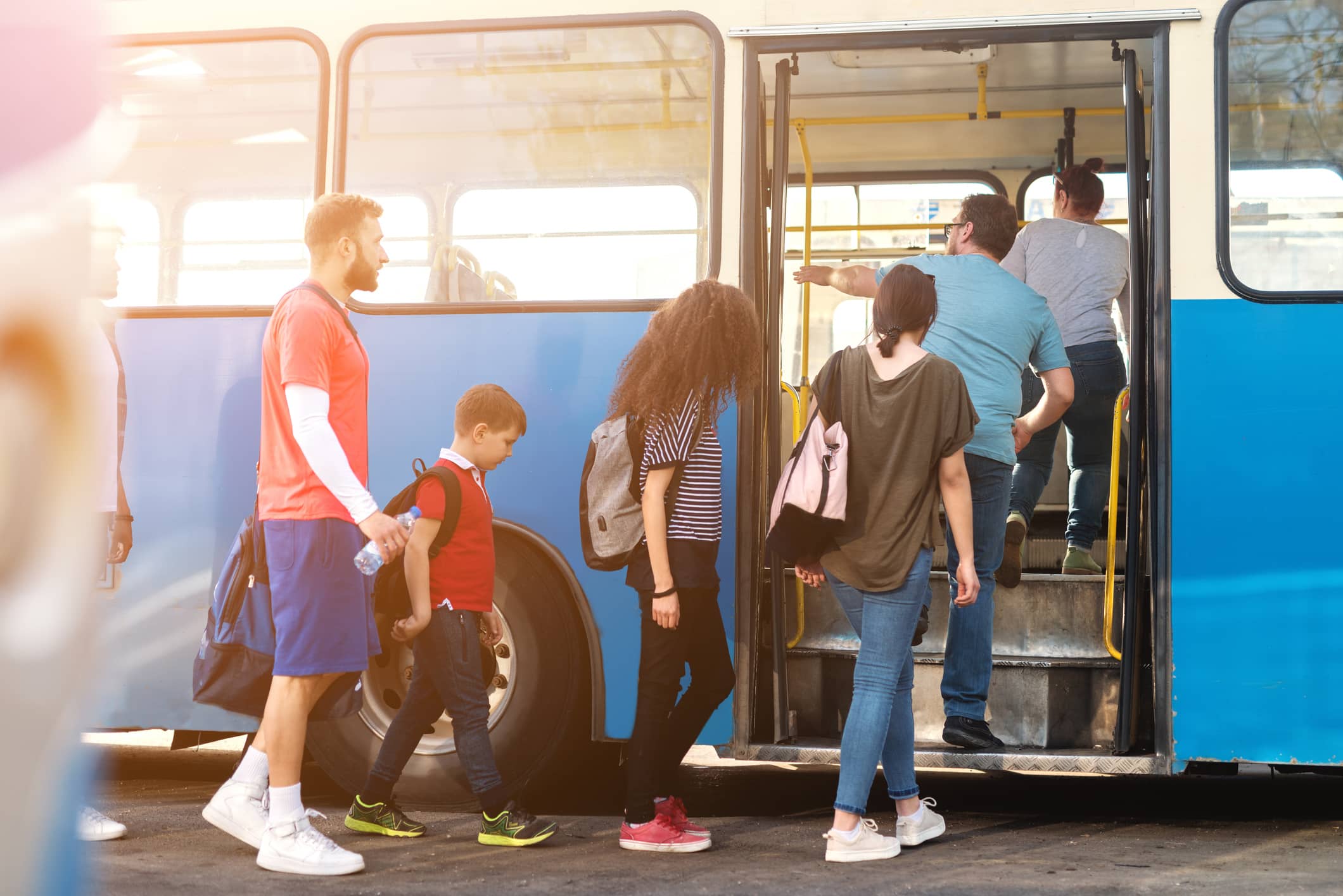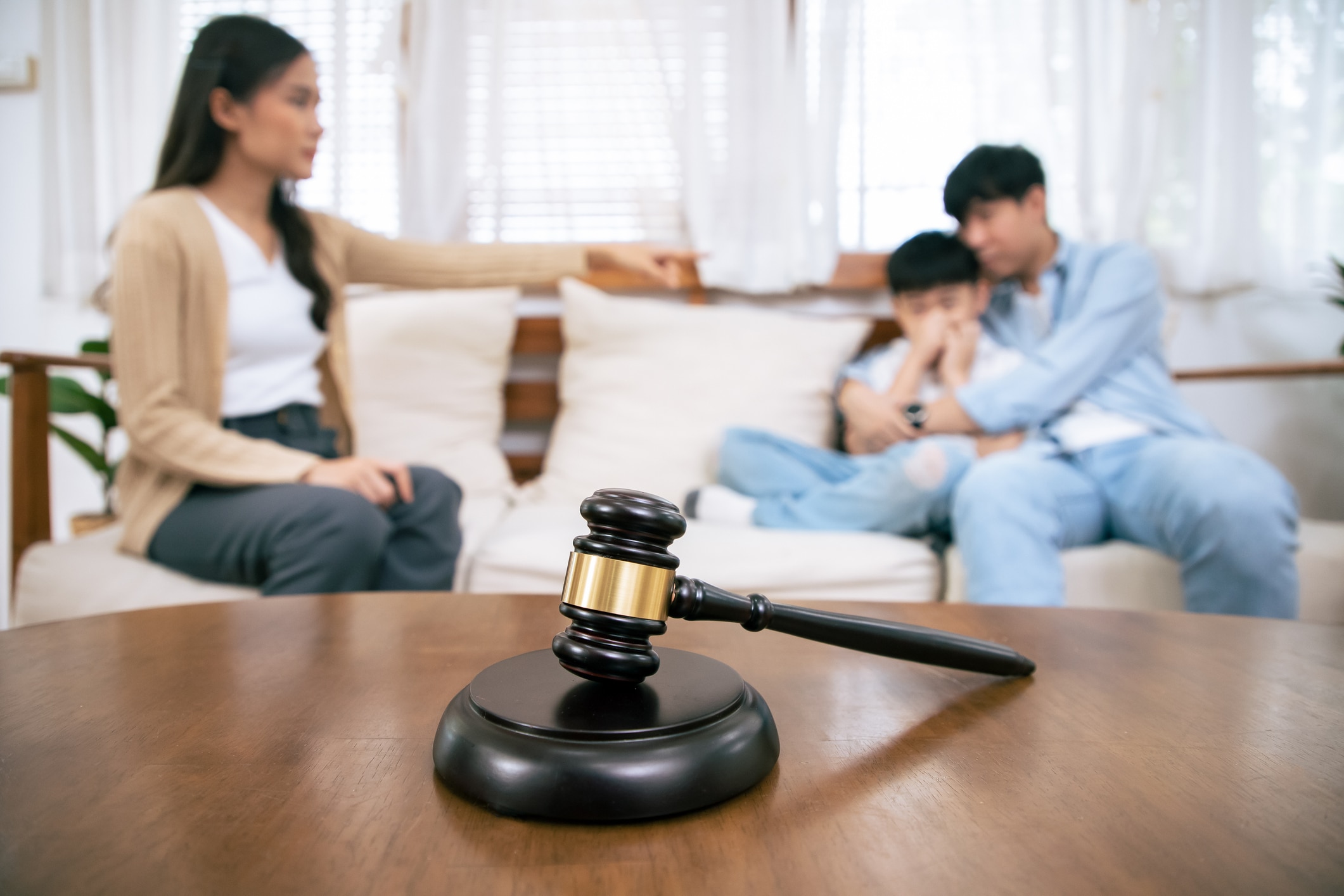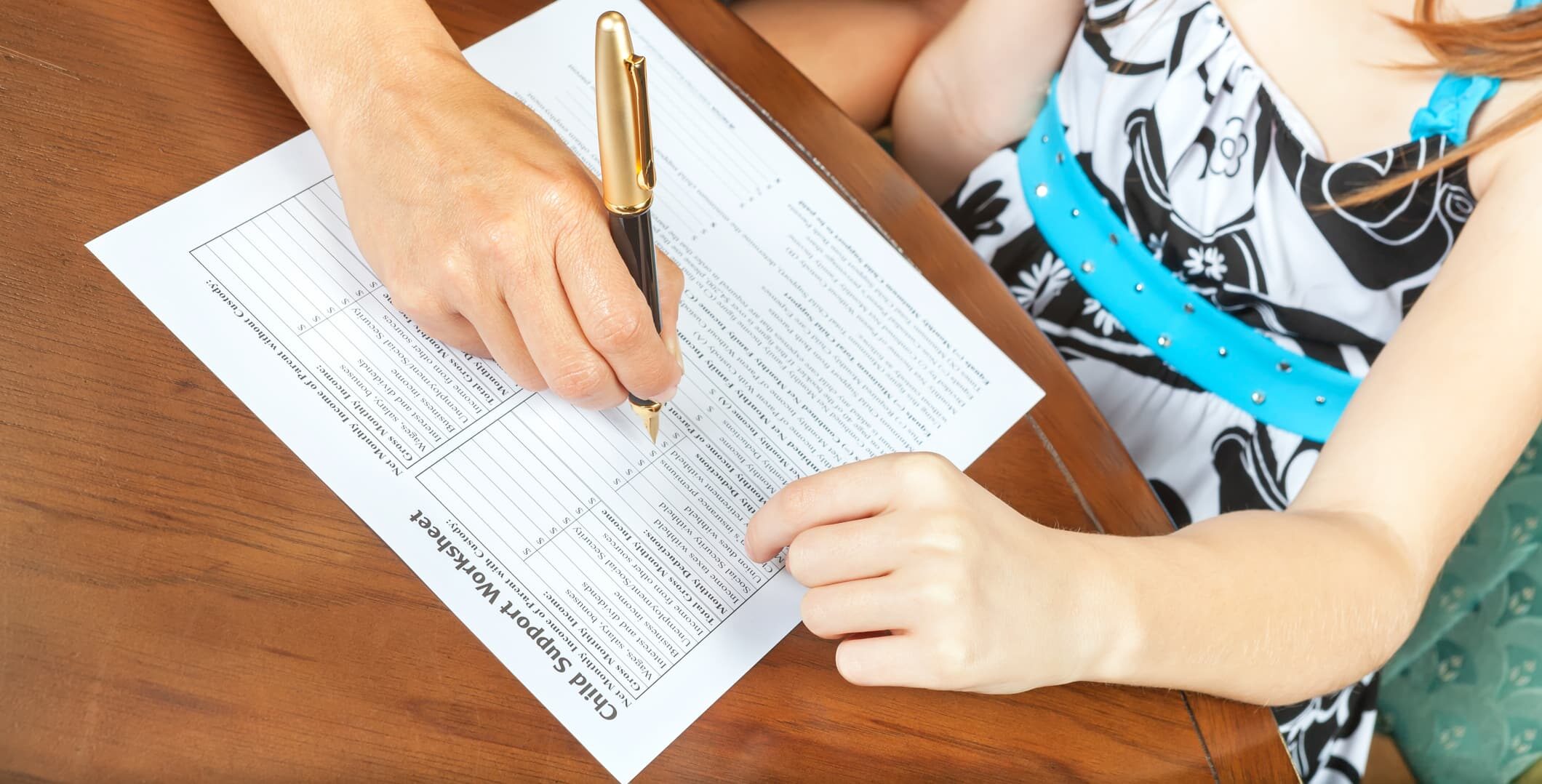What is Car Accident Liability?
One of the most critical aspects for car accident victims seeking financial recovery is determining liability.
When unfortunate circumstances unfold, it may be necessary to determine liability so that at-fault parties can be held accountable for their actions (or inactions) that led to a motor vehicle accident. Car accident liability refers to the legal responsibility assigned to each individual or entity involved in a car collision and those entities’ responsibility for property damage and personal injury expenses. Determining liability is essential not only for auto accident claims with insurance companies but also throughout complex legal proceedings of lawsuits.
In California, car accident liability is frequently established on the principle of negligence. When you drive on California’s roads, you must operate your vehicle safely and responsibly. Failure to do so could be considered a breach of duty of care, which can lead to legal and financial consequences.
California car accident negligence could be established via various behaviors and actions, such as texting while driving, disobeying the rules of the road, driving at excessive speeds, distracted driving, aggressive driving, and drunk driving. If any of these actions lead to an auto accident and subsequent damages, the at-fault party could be held liable for damages on the condition of negligence.
Is California an At-Fault State for Motor Vehicle Collisions?
The state of California follows an at-fault legal system when it comes to determining liability in motor vehicle crashes. Under this understanding of the law, the at-fault party responsible for the accident is also responsible for compensating injured parties. For personal injury victims to recover financial compensation, they must prove that the other motorist was negligent in some way and that their negligence was the direct cause of the accident and the resulting injuries or damages.
California’s at-fault legal system places the financial responsibility for accidents on the at-fault party. This is in contrast with no-fault accident states, where each party’s insurance covers their own losses regardless of who was responsible for causing the accident. Simply put, in California, the driver who is found liable for the accident must pay damages incurred by other parties involved in the accident. These damages may include property damage, past and future medical bills, and more.
How to Determine Fault in a Car Crash?
Auto insurance companies play significant roles in determining fault. After an unfortunate accident occurs, the car insurance company will investigate the crash and review all available evidence to determine who was at fault. Evidence that may be used for or against your case may include eyewitness testimony, police reports, medical records, and physical evidence left at the scene of the accident. Insurance companies will also consider any applicable traffic laws and rules of the road when determining fault. For instance, if a driver runs a red light or was texting while driving at the time of the accident, they may very well be considered at fault for the accident.
In cases where insurance companies do not agree on who is at fault for the car collision, these cases may be determined in a court of law.
Who Can Be at Fault in California Car Accidents?
In addition to the drivers involved in the auto accident, other individuals and entities may be held liable for injuries and losses in a motor vehicle collision.
Business owners or management staff could bear some level of responsibility for an auto accident caused by one of their employees if the employee was performing work duties at the time of the accident.
The car’s owner may even face liability for an auto accident if they recklessly entrusted their vehicle to a driver who subsequently causes a crash.
Third-party manufacturers and motor vehicle manufacturers may be held liable for damages in a car accident if it is determined that vehicle or Part B defects caused the accident.
The government agencies could be held liable for car accidents involving government employees or government-owned vehicles.
Other parties, such as pedestrians and bicyclists, may also be held liable.
What is Comparative Negligence?
California follows a comparative negligence understanding of personal injury law, which means that even if you share some degree of blame for the cause of the accident, you may still be eligible to seek compensation. However, the amount of financial recovery you stand to obtain could be reduced proportionally to your level of fault. For example, if you were 20% responsible for causing the accident, you can expect to see your maximum compensation reduced by 20%.
What Do You Need to Prove in Order to Recover Compensation in Your Car Accident Case?
When you file an auto accident claim, you need to establish that the other motorist was the one responsible for causing the accident. As the plaintiff, you have the full burden of proof on your shoulders to prove your claims. Only once you have demonstrated some level of proof will you be allowed to proceed. It is highly recommended that you work with an experienced personal injury attorney during this process.
The process usually involves gathering several different forms of evidence, such as witness testimonies, photographs of the accident scene, past and present medical records, police reports, and more. These valuable pieces of evidence may be essential to constructing a clear idea of the events that led up to the accident and definitively establishing who was responsible.
What Could Prove to Be Useful Evidence for Your Lawsuit?
The strength of your car accident case rests heavily on the evidence you can present to the courts. The types of evidence that you should consider obtaining include the following:
A police report: this is an official document that includes the responding officer’s observations, statements from the parties involved in the crash, and opinions stated regarding fault
Black box data: if available, the vehicle data recorder in your car can contain useful information such as speed, braking, and steering input just before the crash occurred
Medical documentation: past medical records and current medical expenses related to injuries sustained in the accident could be valuable evidence. Consider gathering all information related to your hospital stay, surgeries, medications, rehabilitation, and other medical costs
Testimony from a car accident reconstructionist: expert testimony from an accident reconstructionist can be incredibly useful in complicated auto accident cases
Traffic camera footage: there are so many surveillance cameras watching over us and our streets that there exists a chance that a camera caught the accident unfolding. If so, this could become valuable evidence for your lawsuit
What is the Statute of Limitations for Car Accident Cases in CA?
In California, victims of car accidents must file their personal injury lawsuits within two years of the date of the accident. Failure to file your case within the allotted time window could result in your claims being dismissed entirely.
Schedule Your Initial Case Evaluation with Experienced Car Accident Lawyers Today
Determining auto accident liability can be a complicated process involving several moving pieces and the need to prove claims with supporting evidence. If you find yourself in the unfortunate situation of being a car accident victim, you must understand how to prove liability. For this reason, we highly recommend that you retain professional legal counsel from compassionate personal injury lawyers experienced in handling California car accident cases.
Our law firm has years of experience representing clients in a number of different practice areas, including car accident cases with disputed fault or negligence claims. To learn more about our legal services and how we can assist you during this difficult time, please contact us to schedule an in-depth case evaluation today.
You may reach us at (559)-545-0383.




